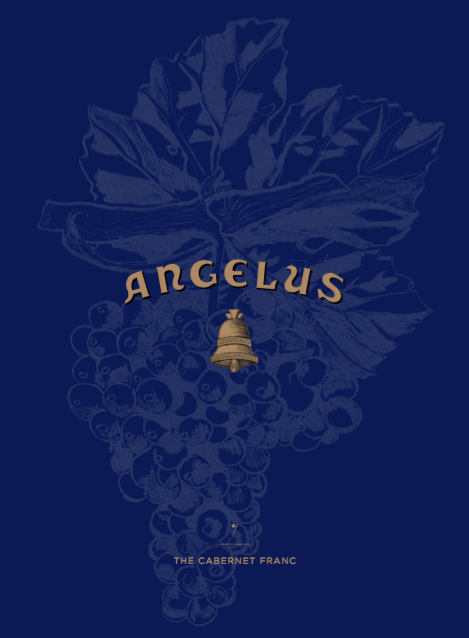
The Cabernet Franc
one of our oldest grape varieties
In his ampelographical treatise of 1909, P. Viala stated that the etymology of its name and its synonyms go way back in history and referred to a scholar of the 17th century called Petit Lafitte, who appeared to claim that the Vidure (the Petite Vidure or the Grosse Vidure)- its Bordeaux name, was the ancestor of the Biturica. He bases his opinion on the hypothesis that the word Vidure may come from the word Bidure, then Biturica. It was from the 19th century that the Cabernet Franc could be found in written works.
In 1829, in his “Classification of the Wines of Bordeaux and Specific Grape Varieties”, the wine broker M. Paguierre found it to be “delicate with a bright deep colour and with superior avour”. Then in 1855, in “Vine-growing, Vinification and Wine” by M. d’Armailhacq, an article by the Count Odart stated that the wine it produces is “ fine, full of bouquet and long-ageing”. At this time already, specific reference was being made to the very notion of terroir and the nature of the soils. He also wrote that “according to the spot where it was planted, the results were different: on limestone soils the wine was outstanding; on gravel over clay subsoil it produced a wine that was rich in colour and long ageing; on light sands the wine was light and had limited ageing potential; in tuff the wines were of no interest, it was at and colourless”. In other words, the place where it was planted and its supply of water were of great importance. We are also told that the wine of this variety “keeps for a very long time and gains in bouquet and delicacy over 12 to 15 years... and it can keep well up to 20 years”.
In 1868, Cocks et Ferret described it as having “ leaves which were comparable to those of the Cabernet Sauvignon, they are slightly less ne and less shiny, their indentations are a little less deep; its canes are long and covered with light brown-greyish bark, which led to its name Cabernet Gris. Its bunches are less long than those of the Cabernet Sauvignon, its fruit is very avoursome”.
In 1874, in his treatise on grape varieties, Count Odart said that the wine it produced in suitable terroir was “ fine, full of bouquet and long-ageing”. He added that “ it was one of the plants in Gironde that had the reputation of producing one of the most distinguished wines when the fruit reaches complete ripeness”.
In 1886, again in Cocks et Ferret, we can read that the wine is “light in colour when it leaves the vat
and that it becomes darker after three or four months”, a fact that we witness today during each of our vinifications.
The Cabernet Franc has numerous synonyms. According to “Synonymy of Ampelography” by the INRA, it can correspond to different origins and types: Achéria in the Basque country, Arrouya in the Jurançon region, Cabernet Gris, Petit Fer, Bouchet or Gros Bouchet around Libourne, Bouchey or Boubet in the Adour basin, Breton in the Loire valley, Capbreton rouge and Messange rouge in the Landes sands, Gouhaort in Madiran, Noir dur in Loiret, Grosse Vidure and Carmenet in the Bordeaux area, Véronais in Saumur and Carbouet in Bazas area.
P. Galet, in “Grape Varieties and Vineyards of France” described it in 1962 as a “ small producer”.
Jancis Robinson, in her1986 book on grape varieties wrote, “ it participates in Saint-Emilion in the production of absolutely superb wines. Its aromas are of raspberries, violets and pencil shavings”. She reminds us that a report dating from the 18th century, quoted by Professor Enjalbert, considered it particularly well adapted to the Libourne vineyards.

